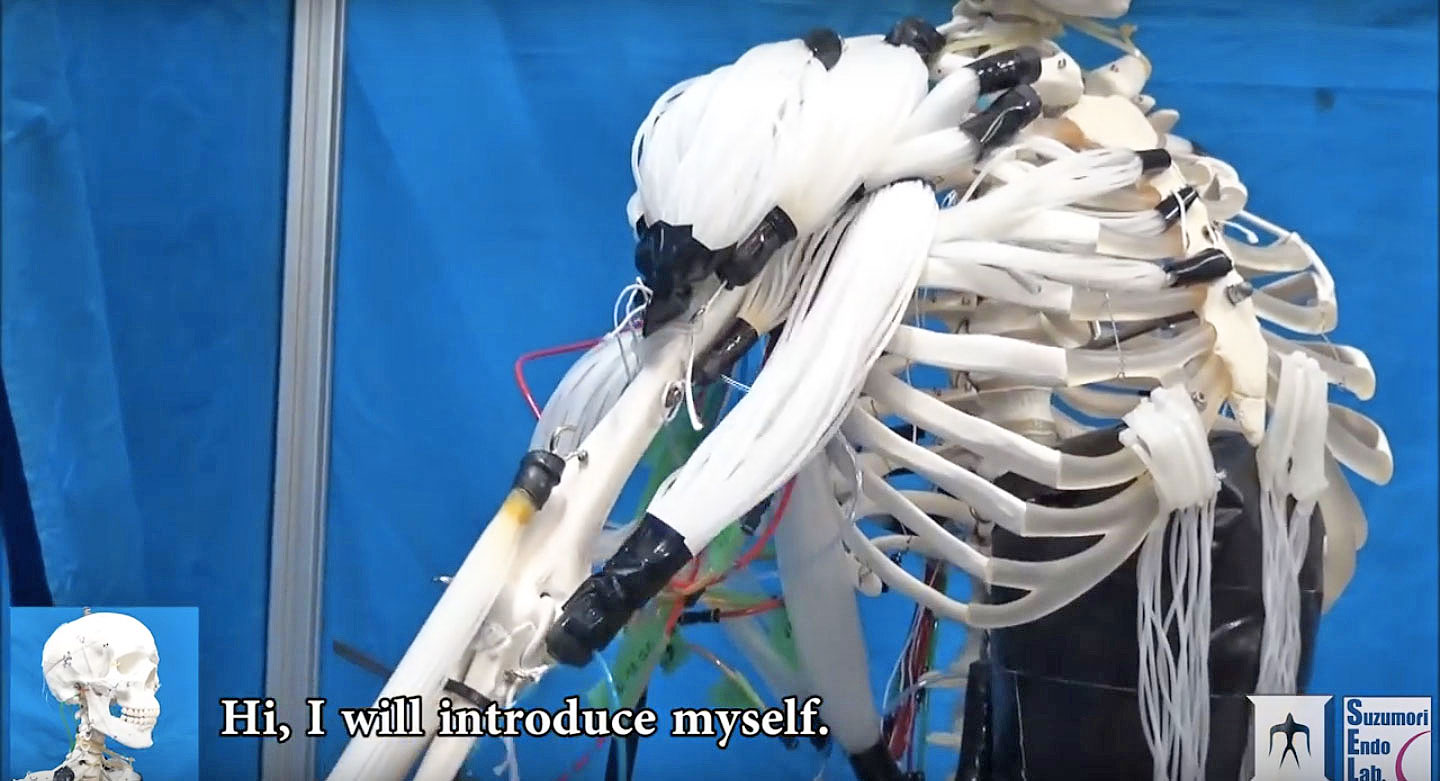
Tokyo Institute of Technology's SOINN (Self-Organizing Incremental Neural Network) bot was impressive enough during our first introduction back in 2011, but the intelligent device can now tap the web for its latest trick: accurate object identification. The updated system, which appears to utilize a database akin to Google's image search, can scour the web for similar shots, making it possible to ID objects based on comparable structures published on the web. It can distinguish a box cutter from a knife, for example, or a rickshaw from a car. For now, SOINN is limited to identifying objects in images, including those captured in realtime with a camera, but its designers imagine that future revisions could enable content recognition in video streams, and audio clips, too. Our friends at DigInfo saw the update in action -- check it out for yourself in the video after the break.
Filed under: Robots, Internet, Alt
Comments
Source: DigInfo.TV
 If robots that mimic animal or human behavior are your nightmare fuel, turn away now. Researchers at the Tokyo Institute of Technology went one step further with a skeleton robot, giving it human-like muscles to help with movement. The microfilament...
If robots that mimic animal or human behavior are your nightmare fuel, turn away now. Researchers at the Tokyo Institute of Technology went one step further with a skeleton robot, giving it human-like muscles to help with movement. The microfilament...
 If robots that mimic animal or human behavior are your nightmare fuel, turn away now. Researchers at the Tokyo Institute of Technology went one step further with a skeleton robot, giving it human-like muscles to help with movement. The microfilament...
If robots that mimic animal or human behavior are your nightmare fuel, turn away now. Researchers at the Tokyo Institute of Technology went one step further with a skeleton robot, giving it human-like muscles to help with movement. The microfilament...
 Imagine this: you accidentally swallowed a battery (!), and to get it out, you need to take a pill that turns into a robot. Researchers from MIT, the University of Sheffield and the Tokyo Institute of Technology have developed a new kind of origami r...
Imagine this: you accidentally swallowed a battery (!), and to get it out, you need to take a pill that turns into a robot. Researchers from MIT, the University of Sheffield and the Tokyo Institute of Technology have developed a new kind of origami r...






